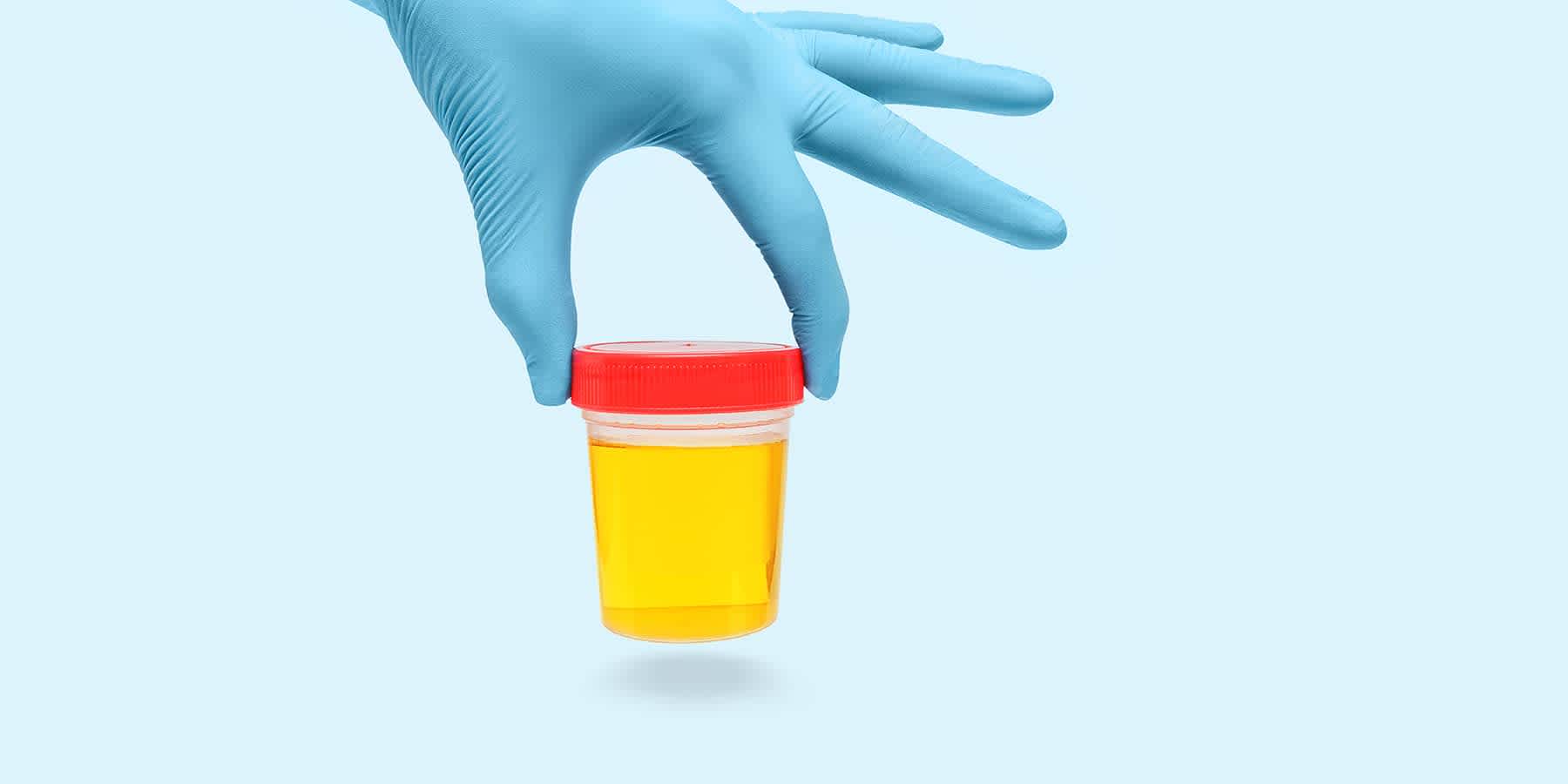
Treating urinary tract infections via telehealth
Written on December 13, 2022 by Gillian (Gigi) Singer, MPH, Sexuality Educator & Certified Sexologist. To give you technically accurate, evidence-based information, content published on the Everlywell blog is reviewed by credentialed professionals with expertise in medical and bioscience fields.
Table of contents
- How serious is a UTI?
- Risk factors
- Symptoms
- When to seek care
- Telehealth with Everlywell
- Diagnosis and treatment
- Self-care
- Prevention
- Related content
According to the Mayo Clinic, “urinary tract infection (UTI) is an infection in any part of the urinary system,” which includes the kidneys, ureters, bladder, and urethra [1]. The most common form of UTI is a bladder infection, aka cystitis [2].
Females are more likely than males to develop UTIs since the female urethra is shorter and close to the anus — this means that bacteria from poop are more easily introduced into the urethra, leading to infection. A short urethra means less distance for bacteria to travel to the bladder, which also leads to infection.
How serious is a UTI?
UTIs are usually more pesky than dangerous. However, without treatment, the infection can spread to the kidneys (at that point, it’s called pyelonephritis), which is more serious and requires even more medical attention.
Risk factors
The CDC lists the following as risk facts for UTIs [2]:
- A previous UTI
- Sexual activity
- Changes in the bacteria that live inside the vagina, or vaginal flora. For example, menopause or the use of spermicides can cause these bacterial changes
- Pregnancy
- Age (older adults and young children are more likely to get UTIs)
- Structural problems in the urinary tract, such as enlarged prostate
- Poor hygiene, for example, in children who are potty-training
Additionally, keep in mind that children and elderly folks may not be able to communicate their symptoms to caregivers and/or healthcare providers.
Symptoms
UTIs may or may not cause symptoms, but keep in mind that symptoms may vary according to the location of the infection. The CDC lists the following symptoms for each type of infection [2]:
Symptoms of a bladder infection can include:
- Pain or burning while urinating
- Frequent urination
- Feeling the need to urinate despite having an empty bladder
- Bloody urine
- Pressure or cramping in the groin or lower abdomen
Symptoms of a kidney infection can include:
- Fever
- Chills
- Lower back pain or pain in the side of your back
- Nausea or vomiting
When to seek care
To prevent the infection from spreading, you should seek out medical attention if you have any concerning symptoms.
Telehealth with Everlywell
Everlywell now offers fast and easy UTI treatment and prescriptions online so you don’t have to worry about going to your healthcare provider’s office. During your visit, you will receive care from a licensed nurse practitioner using technology that protects your privacy. Visits can cost as low as $10, and even without insurance (though major insurance plans are accepted), an appointment costs less than $60.
Telehealth with Everlywell is as easy as 1, 2, 3:
- Create your profile and check to see if your insurance is accepted.
- Schedule your visit online.
- Get a care plan, which may include testing, prescriptions, and lifestyle recommendations.
Other than UTIs, you can get treatment for:
- Headaches
- Fatigue
- Weight changes
- Stomach pain
- Burning with urination
- Rash/Hives
- Changes in hair, skin, nails
- Problems sleeping
- Cold & flu
- COVID-19
- UTIs
- Minor skin issues (eg, steroid cream RX)
Diagnosis and treatment
To diagnose a UTI, a healthcare provider will likely ask you about your symptoms, do a physical exam, and/or order urine tests [2].
Treatment for UTIs includes antibiotics. According to the CDC, “Bacteria cause UTIs, and antibiotics treat them. However, any time you take antibiotics, they can cause side effects. Side effects can include rash, dizziness, nausea, diarrhea, and yeast infections. More serious side effects can include antibiotic-resistant infections or C. diff infection, which causes diarrhea that can lead to severe colon damage and death. Call your healthcare professional if you develop any side effects while taking your antibiotic” [2].
Your healthcare provider may also take measures to rule out STIs, which can present similarly.
Self-care
The CDC gives the following recommendations [2]:
- Take antibiotics exactly as your healthcare professional tells you.
- Do not share your antibiotics with others.
- Do not save antibiotics for later. Talk to your healthcare professional about safely discarding leftover antibiotics.
- Drink plenty of water or other fluids.
- Your healthcare professional might also recommend medicine to help lessen the pain or discomfort. Talk with your healthcare professional if you have any questions about your antibiotics.
Prevention
Ultimately UTIs can’t always be prevented, but the CDC lists the following as preventative measures [2]:
- Pee after sexual activity
- Stay hydrated
- Shower instead of bathing
- Refrain from douching or using sprays/powders/washes on the vulva
- Females should wipe front to back after going to the bathroom
Experiencing UTI symptoms? Try Everlywell's online UTI treatment option.
Related content
Treating chlamydia via telehealth: online chlamydia treatment
Lose weight without surgery: what you need to know
Weight management programs online: key points to know
Can an obese person lose weight without surgery?
References